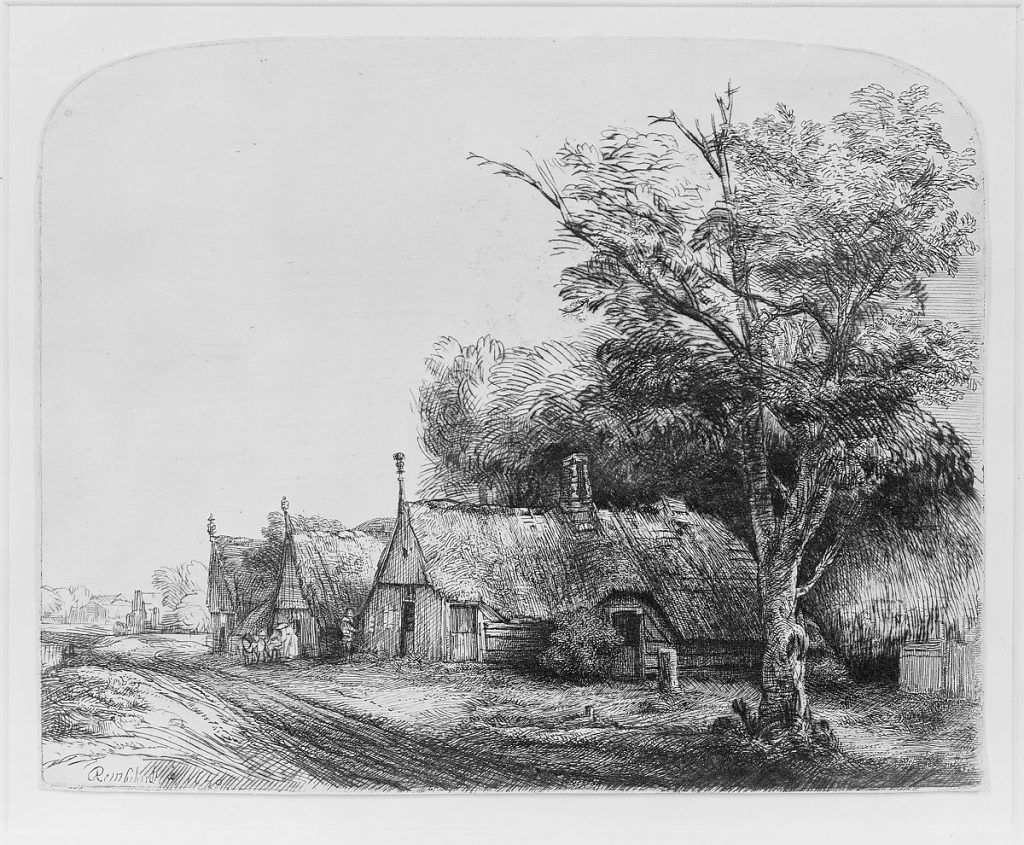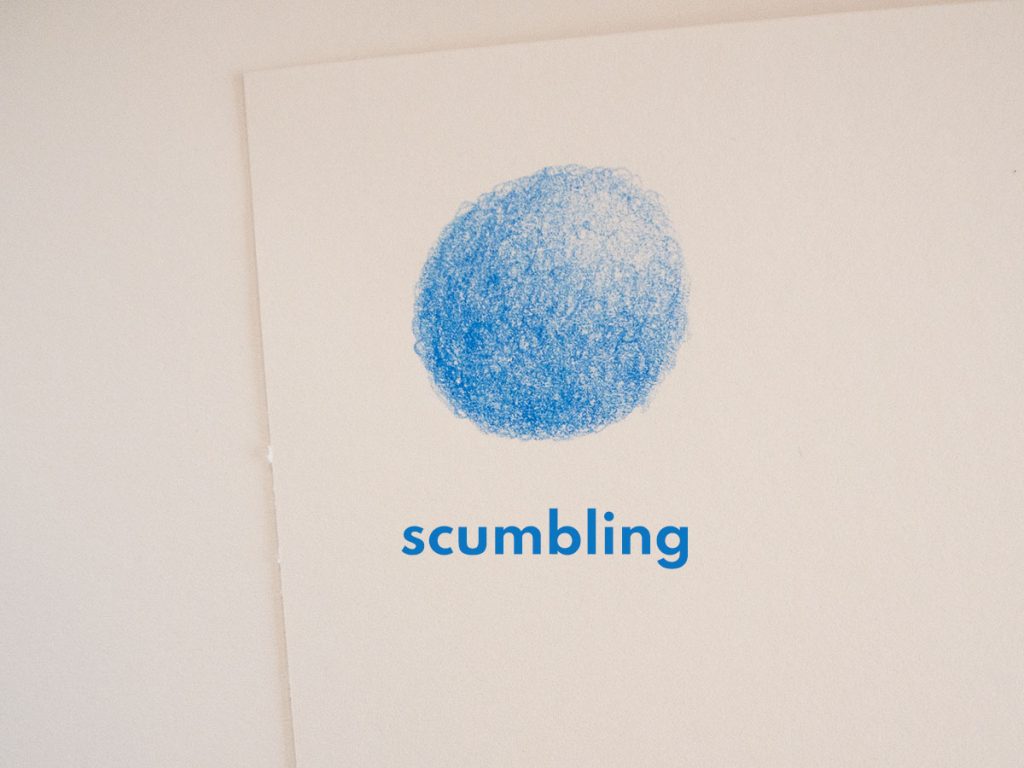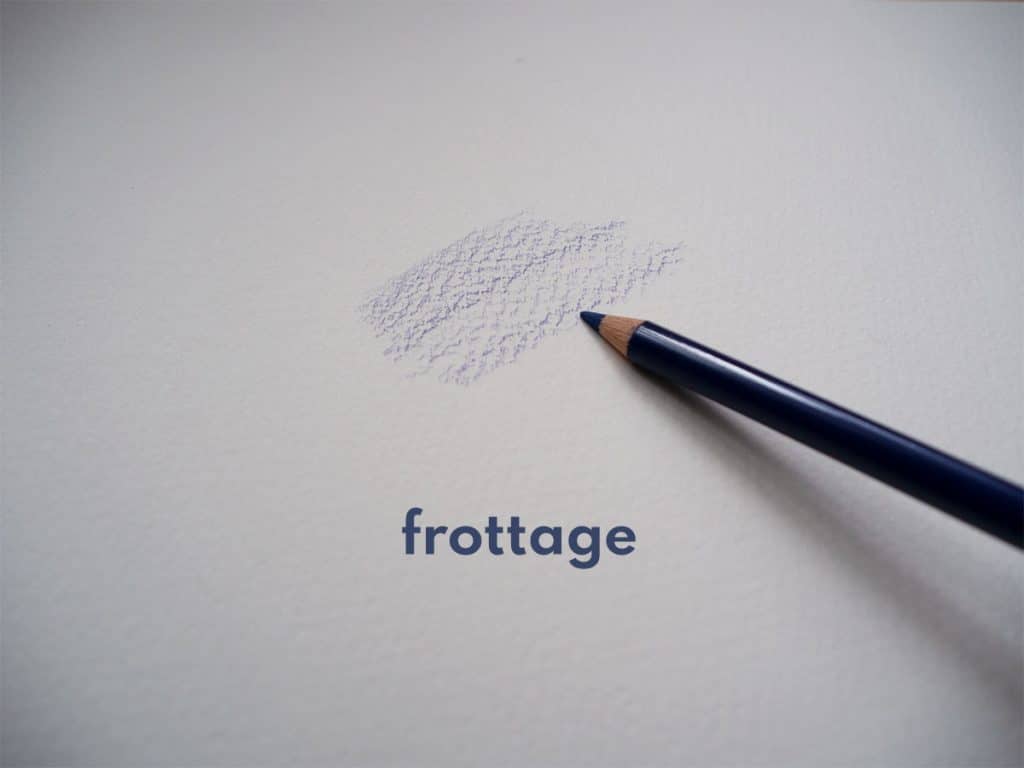Texture drawing is the process of adding texture to a drawing. Textures can be added to drawings to give them more depth and dimension, or to simply add visual interest. There are many different ways to add texture to a drawing, and the best method will often depend on the type of texture you’re trying to achieve.
Disclaimer: Fine Art Tutorials is a reader supported site. When you make purchases through links on this site, we may earn a small commission at no extra cost to you.
What is texture drawing?
Texture drawing is the process of adding the appearance of surface texture to a 2D drawing. This can be achieved through a variety of mediums and materials, including pencil, charcoal, and ink.
In art, texture is one of the core elements. The visual components that artists use to create a drawing include colour, line, form, shape, space, value and texture.
Texture is how a surfaces feels, or the appearance of how it should feel if it was touched. Texture drawing is illusory, meaning that the texture is solely visual. Artists draw to create the illusion of texture, to represent their subject or scene more accurately and to create a sense of realism. For example, artists could create a series of dots on the brickwork of a drawing of a building to achieve a rough textured appearance.
Why add texture to drawings?

Adding texture to drawings can give them extra dimension and make them appear more realistic. It can also add visual interest, and be used as a way to create different effects.
Different types of texture drawing
The type of texture added to a drawing will often depend on the desired effect. For example, a very fine texture may be used to give a drawing a more delicate or ‘sketchy’ look, while a coarser texture can make a drawing appear more bold and dramatic. Smooth texture can be created with blending tools, while artists can create rougher looking texture with sharpened pencils.
Drawing mediums to create texture
Texture can vary depending on the type of pencil medium you are using:
- Pencil texture: Pencils are a versatile medium that can be used to create a variety of textures. They can be sharpened to a fine point or blunt edge to produce different effects. Experiment with hatching, cross hatching, stippling and shading to create different pencil textures.
- Charcoal texture: Charcoal is ideal for creating darker, more atmospheric drawings. It can also be used to produce a range of different textures, from soft and smudged to harsh and textured.
- Ink texture: Ink can be used to create fine lines or bold strokes, depending on the nib size. It is also ideal for creating a range of different textures, such as stippling, hatching and cross hatching.
How to draw texture: Tips
Here are some tips and tricks for adding texture to your drawings:
- Use a variety of mark making techniques. This could include hatching, cross hatching, stippling or scribbling.
- Vary the pressure you apply when making marks. Softer marks will create a smoother texture, whereas harder marks will create a more defined texture.
- Use a variety of tools. In addition to pencils, pens and charcoal can also be used to create texture.
- Layer your marks. This will create a more textured effect as the different layers of marks interact with each other.
- Consider the direction of your marks. This can have a big impact on the final texture. Make marks appear organic by varying the curvature, direction and sharpness.
- Think about the thickness of your texture. This is particularly important when creating texture with hatching or cross hatching as finer lines will create a different effect to thicker lines.
- Use a range of values. This will add depth and dimension to your texture.
- Experiment! Try out different mark making techniques and see what effect they have on your texture.
Easy texture drawing examples
There are endless possibilities when it comes to texture drawing. Here are a few examples to get you started.
Skin texture for portrait drawing
Skin texture is smooth, with soft diffused shadows. The transition from the lightest areas to the darkest areas are generally soft, so use a tortillion to create gradients in these areas.
Start with lighter pressure and gradually build up the contrast, using a kneadable eraser to lift highlights from sections that are reflecting light. Use a small eraser, like the Tombow Mono Zero to subtly lift visible pore texture, or fine hairs.
Rock and stone texture
The scumbling technique is your friend for drawing realistic rock texture. As the surfaces of rocks are uneven, with jagged textures, keeping the pencil moving in circular or scribbling motions to create an organic and bumpy appearance. Start with light pressure for smooth stones, then go over with the scumbling technique again to emphasise shadows. For sharper, chipped looking areas, apply more pressure to achieve the darker, harder edges. You can make quick sweeping marks when drawing organic texture, let your intuition guide you.
Grass texture
To create a grass texture, use organic, curving marks. Apply pressure at the base of the grass blade, slightly curve upwards applying less pressure towards the tip. Individual blades of grass in clumps will point in different directions and will vary in length, so make sure to avoid drawing the blades in a uniform fashion.
Wood texture
For a wood texture, you will need to draw the wood grain. The values will generally range from mid tones to dark, so you can start by shading the wood a mid tone value, then lifting any small highlights with an eraser afterwards. Then draw in where the darkest values will be, so this could be the darker values of the grain, or the shadows around any cracks in the wood. After that, you can work around the dark areas, shading mid tones and lifting highlights. Use a tortillion to smooth softer edges and a fine point eraser like the Tombow Mono Zero to erase small highlights to emphasise details.
Draw metal texture
To create a metal texture, use tonal shading to create a smooth effect. Vary pressure to achieve light and shadows. As metal is a reflective material, the highlights will be especially bright. Leave the paper white for the brightest highlights. If the metal you have chosen to draw is especially reflective, there will be a higher contrast between light and dark values. Where light is diffused across a relatively flat surface, there should be smooth transitions between light and dark values. To achieve soft edges, get a blending tool like a tortillion and smooth out where the light transitions to the dark areas.
Fur texture
Hair and fur are much more difficult to represent than the other example textures on this list. The texture of fur varies greatly between animals. Fur clumps together, so you will need to draw fur clumps, then accurately draw the light bouncing off the fur clump and the shadows between the fur clumps. Draw the fur from top to bottom to avoid it looking too uniform and vary the pressure on the pencil to represent shadow and light areas of the fur clumps. The Tombow Mono Zero eraser is a great tool for lifting the brightest highlights in single hair strands; you can do this as the last step of the drawing process.
Texture drawing techniques
Hatching
One popular way to add texture to a drawing is by using hatching. Hatching is the process of drawing parallel lines close together in order to create a shading effect. This drawing technique is often used to create texture that looks like wood grain, or fabric weave.
Stippling
Another common way to add texture to a drawing is with stippling. Stippling is the process of making small dots close together in order to create a shading effect. This is a great way to create texture that looks like stone or brick.
Cross hatching

Cross hatching is another popular texture drawing technique. This involves drawing two sets of parallel lines crossing each other at different angles. This creates a more complex texture than hatching or stippling alone.
Scribbling
Scribbling is another texture drawing technique that can be used to create a range of different effects. This involves making random, uncontrolled marks with a pencil or pen. This can be used to create texture that looks like fur or grass.
Scumbling

Scumbling with pencil is another shading technique that adds more texture to a drawing than just regular tonal shading. Draw small circular marks and layer them on top of one another. The gaps in the circles let the white of the paper show through, creating a textured and varied appearance. Vary the pressure applied to the pencil to create the appearance of light and shadow in the drawing.
Frottage

Frottage is a technique whereby the artist will hold the pencil at an angle, then lightly shade to pick up the surface texture of the paper itself. This can be a really effective and quick method to create the appearance of surface texture fast. For this technique to be effective, choose a textured paper, like cold pressed watercolour paper to work on.
Another way to carry out this technique, is to place a textured object beneath a piece of paper, then rub the side of the pencil or charcoal stick over the paper. An imprint of the object beneath should be visible. This technique works best with thin paper and soft pencil like charcoal.
Texture drawing ideas
There are endless possibilities when it comes to texture drawing. Here are some drawing ideas to get you started. Practice some of these texture drawing ideas to hone your drawing skills.
- Wood grain
- Fabric weave
- Stone
- Metal
- Fur
- Grass
- Hair
- Skin
- Bark
- Leaves
- Water
- Fire
- Clouds
Texture drawing with ink

Texture drawing with ink requires a slightly different approach compared to drawing with graphite or charcoal pencil. This is because with pencil you can vary the pressure applied to achieve a tonal range, however with lots of ink pens like pigment liners and fountain pens, artists are limited to drawing with a hard, consistent line that does not vary in tone. For this reason techniques such as stippling, hatching, cross hatching and scribbling are most effective in achieving a value range and representing texture in a drawing.
Texture drawing with charcoal
Drawing textures with charcoal can look a little different to graphite. When using charcoal sticks, or powdered charcoal, the marks are much easier to lift and erase from the paper. For this reason, charcoal drawing lends itself to the subtractive drawing method. This is where the artist starts a drawing by rendering mid tones, then subtracts areas to form highlights and details with an eraser and then works on increasing the contrast by applying pressure with a charcoal pencil to form shadows. This way of drawing can result in more subtle, painterly looking drawings, with softer edges and more expressive marks. If you’re looking for inspiration for what to draw, check out our list of charcoal drawing ideas.
Can you create physical texture in drawings?
With other art media, such as oil or acrylic paint, you can paint with thick texture on the canvas to create physical texture and 3D appearance.
Creating a 3D drawing is possible, however, you will have to approach this by priming the surface of your drawing with a textured molding paste, waiting for it to dry, then drawing upon it. One texture paste that is suitable for use as a ground for pencil work is the Golden Fiber paste. This paste works best on a drawing panel, as it provides more stability. Use a palette knife to apply the paste, making peaks, or scratch into the wet surface to create texture. This is a great option for artists who want to make a completely unique, three dimensional looking drawing. Once the surface is dry, start your drawing.
Finally
Texture drawing is an essential component to creating a successful artwork. Practice your texture drawing skills in a sketchbook and get to grips with values and edges to achieve more realistic looking artworks. By practising drawing texture, you will be on your way to mastering one of the basic elements of art. If you’re interested in improving your drawing skills further, check out our guide. Make sure to practice, by carrying out a series of drawing exercises and making time for your drawing practice.
Experiment with a variety of papers and surfaces to find what works best for you. Most importantly, have fun!
We have a free eBook we are giving away to all of our readers on the fundamentals of drawing for artists. Get it by following the link in the image below, signing up to our Facebook group and navigating to the ‘guides’ section in the group. Our group is a space for our readers to share their artwork, get access to exclusive content and more! We’d love to have you join!


